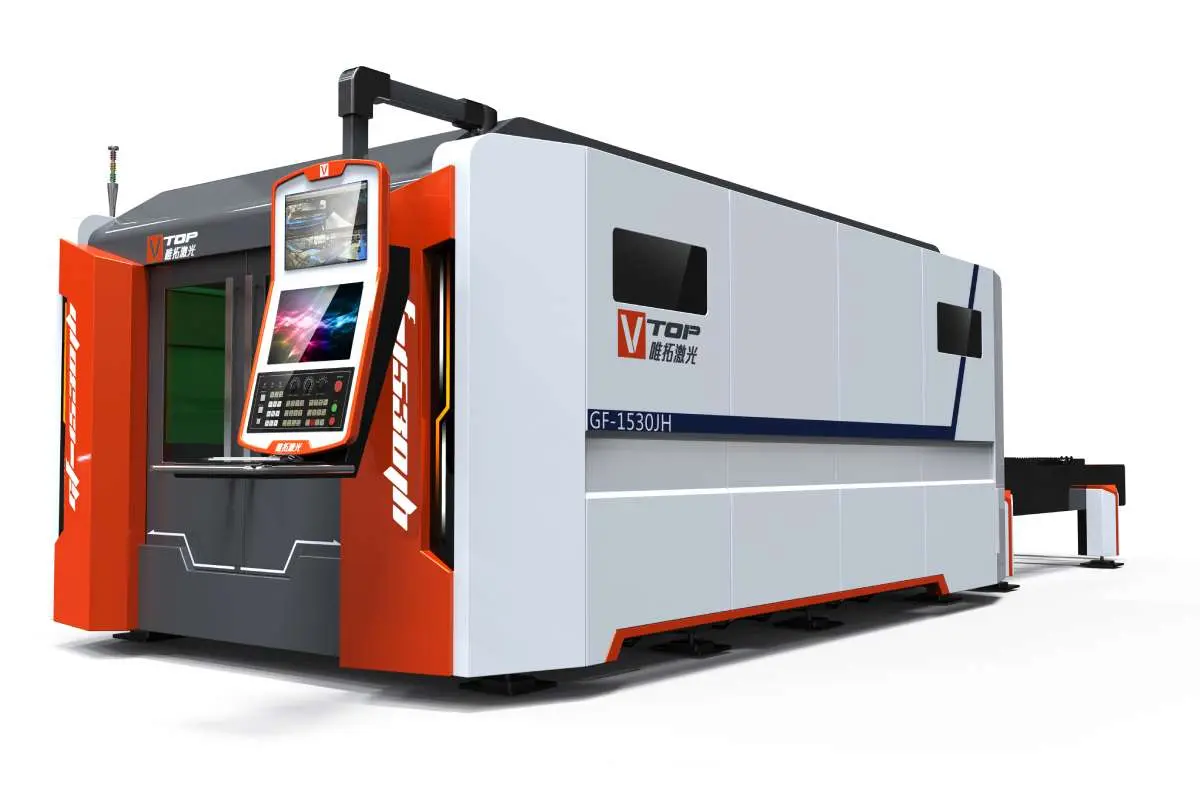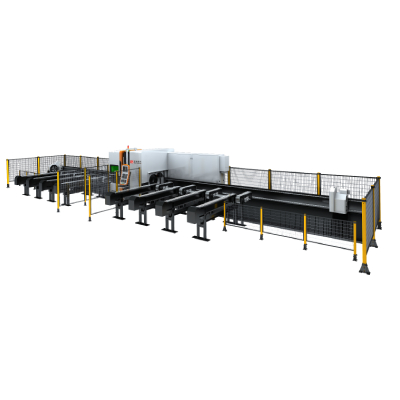In the rapidly evolving landscape of the automatical industry, advanced technologies play a pivotal role in enhancing production efficiency, precision, and versatility. Among these innovations, the laser cutter stands out as a game-changer, revolutionizing manufacturing processes across various sectors. This article aims to explore the multifaceted applications of laser cutters in the automatical industry, detailing their advantages, the technology behind them, and future trends that are influencing their market.
Laser cutting technology employs focused laser beams to cut or engrave materials with high precision. The method has gained traction because of its accuracy, speed, and adaptability to various materials, including metals, plastics, textiles, and wood. As industries strive for automation and efficiency, laser cutters have become invaluable assets in production lines, contributing to significant improvements in speed and quality.
Key Applications of Laser Cutters in the Automatical Industry
1. **Metal Fabrication**: In the metalworking sector, laser cutters excel at cutting intricate shapes and designs. Industries such as automotive and aerospace rely on lasers to produce components that require high precision and structural integrity. For instance, laser cutting is crucial for creating lightweight metal parts that meet stringent safety and performance standards.
2. **Textile Manufacturing**: The textile industry benefits immensely from laser technology. Laser cutters can effortlessly cut patterns and designs on fabrics, allowing for intricate detailing that would be cumbersome with traditional methods. Moreover, lasers can be used for engraving designs onto textiles, providing endless possibilities for customization and personalization.
3. **Wood Processing**: Wood industries are also turning to laser cutting for its ability to produce complex designs with minimal waste. The precision offered by laser technology allows for intricate carvings and patterns that enhance the aesthetic value of wooden products. Additionally, laser cutters can streamline the production of furniture and decorative items, making it easier to bring unique designs to life.
4. **Electronics Manufacturing**: Laser cutters play a vital role in electronics, especially in the production of circuit boards. They are employed for drilling and cutting precise paths in electronic components, making the assembly process more efficient. The ability to work with thin materials without causing damage further underscores their importance in this sector.
Advantages of Laser Cutting Technology
One of the most significant advantages of laser cutters is their precision. With tolerances as tight as a few microns, laser technology ensures that components fit perfectly, reducing the need for expensive reworks or adjustments. Furthermore, the speed of laser cutting allows manufacturers to boost production rates without compromising on quality.

Revolutionizing Production: The Transformative Power of Laser Cutter for Automatical Industry Applications
Another key benefit is the versatility of laser cutting. This technology is adaptable to various materials, ranging from metals and plastics to glass and ceramics. As a result, businesses can diversify their product lines and cater to different market demands.
Moreover, laser cutters are highly automated, aligning perfectly with the principles of Industry 4.0. These machines can be integrated seamlessly into existing production systems, allowing for real-time monitoring and adjustments. Automation not only reduces labor costs but also minimizes human errors, leading to enhanced productivity.

Revolutionizing Production: The Transformative Power of Laser Cutter for Automatical Industry Applications
Future Trends in Laser Cutting Technology
As the automatical industry continues to evolve, so does laser cutting technology. One of the most promising trends is the integration of artificial intelligence (AI) and machine learning. These technologies can optimize cutting paths, predict maintenance needs, and improve operational efficiency.
Additionally, advancements in laser source technology, such as fiber lasers, are making the equipment more efficient and cost-effective. Fiber lasers offer higher energy efficiency and can cut through thicker materials, expanding the scope of applications in various industries.
Moreover, the rise of eco-conscious manufacturing practices is encouraging the development of greener laser cutting techniques. Companies are increasingly focused on reducing their environmental footprint, prompting innovations that minimize waste and energy consumption in laser operations.

Revolutionizing Production: The Transformative Power of Laser Cutter for Automatical Industry Applications
Conclusion
In conclusion, the laser cutter has emerged as a cornerstone technology within the automatical industry. Its ability to deliver unparalleled precision, speed, and versatility makes it an indispensable tool for manufacturers aiming to remain competitive in today’s market. As technological advancements continue to reshape the landscape, the future looks promising for laser cutting applications, paving the way for more innovative approaches in manufacturing and production processes. Embracing this technology will undoubtedly enhance operational efficiency, reduce costs, and improve product quality in the automatical industry. Double table Fiber Metal Cutter
